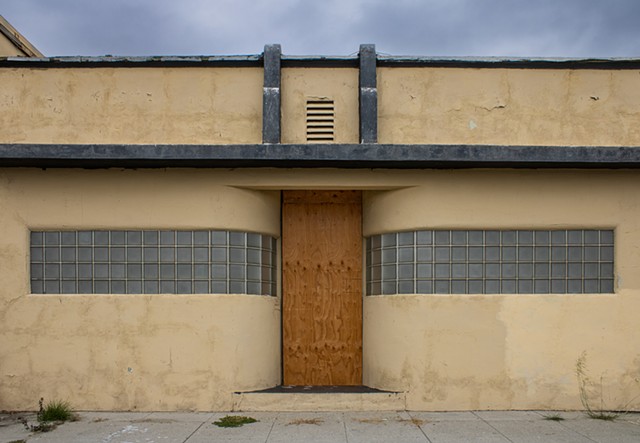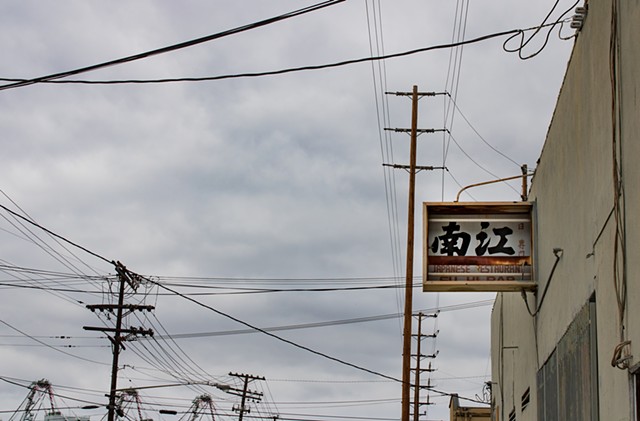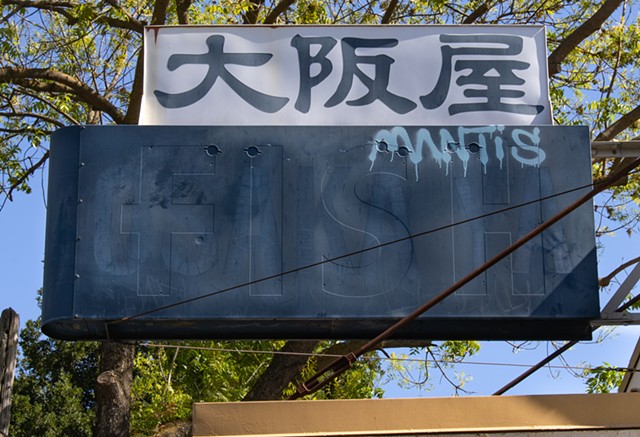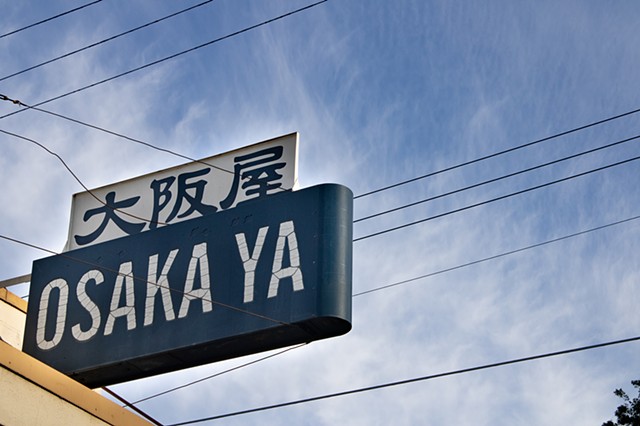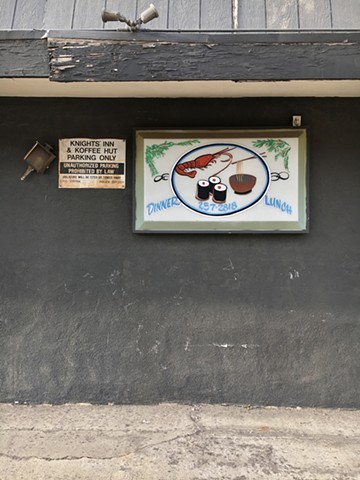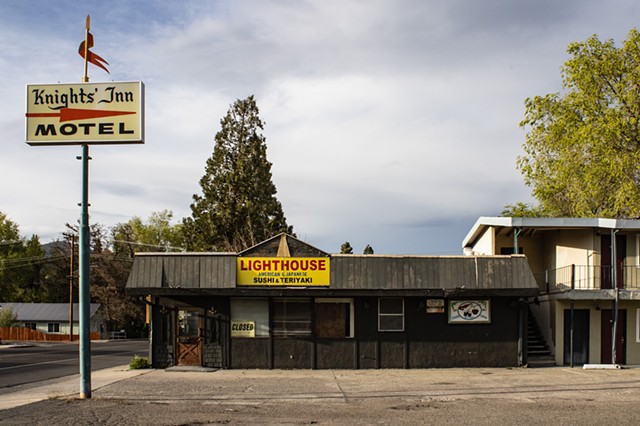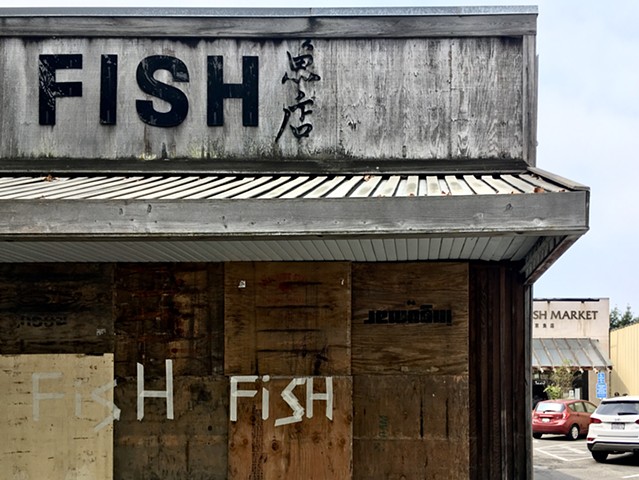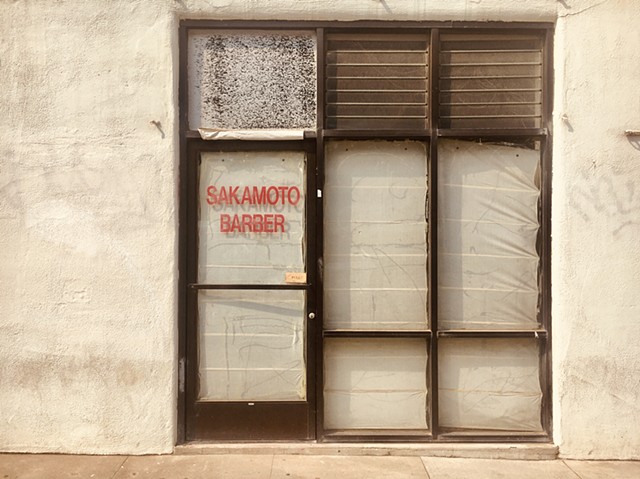Japantown Was Forever
In 1941 there were numerous Japantowns in the United States. The Japantown Atlas Project lists close to two dozen pre-war Japanese neighborhoods in the Bay Area alone.
Following FDR's Executive Order 9066 most Japantowns vanished. Today there are three Japantowns in the U.S.: Los Angeles, San Jose, San Francisco.
During the war, inside the camps, new economies emerge: a tofu-maker's shop opens in a West Texas camp; geta are hand made in most camps; money is scarce and augmented by camp tokens; tired of food poisoning and fearful of food insecurity, prisoners mobilize to create an agricultural revolution in the deserts of southern California and southern Idaho. After the war, Japanese Americans begin again. If they are like my family, they have one viable option and it is at Seabrook Farms in New Jersey.
So it is said that Japantown was forever changed.
Japantown Was Forever looks for ruins, remnants, reclamations and re-building of the communities and economies that were decimated, temporarily cobbled together, and refashioned in new places as a result of the racist hysteria of the war.
Today, the pandemic is changing small businesses again, disproportionately affecting BIPOC communities and bodies. Asian American communities, especially China Towns across the U.S. are specifically targeted, and stigmatized.
It is important to note that many of the camps (Poston, Gila, Leupp Isolation Center, Heart Mountain, to name a few) were located on land that belongs to Indigenous people. While all American history takes place on occupied Indigenous land, the history of EO9066 had its own effects on Indigenous people who still live on these lands.
Japanese American Memorial Pilgrimages and Tadaima! hosts this panel that foregrounds the intersection of incarceration, Indigenous American, Alaska Native, and Japanese American histories.

